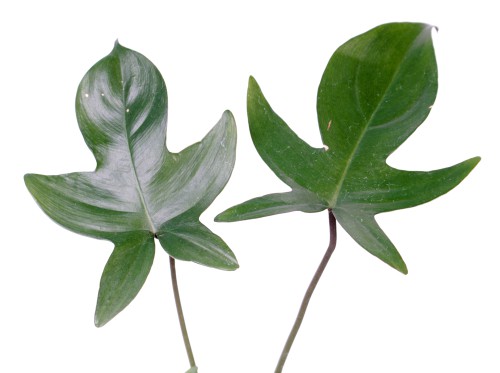Have you set your eyes upon the beautiful Philodendron Pedatum and are now desiring to know what kind of plant it is, how to care for it and maybe even how to add it into your home or landscaping?
This plant can make a gorgeous addition to anyone’s decor and learning how to care for this rare houseplant will really impress all your plant-loving friends.
This plant is known for its multi-loped medium/dark green leaves and it is an evergreen perennial plant that originates from Tropical South America.
See similar post:
Also called the “Oak Leaf Philodendron”, this plant loves well, fast-draining soil, frequent waterings, regular fertilization, high humidity, bright, indirect sunlight and temps above 60 degrees F.
Still interested in learning all about the Philodendron Pedatum, how to care for it and most importantly, how to make it an official member of your household?
This article will inform you as to the basic makeup and “personality” of this plant and what it needs specifically to thrive. In no time, you’ll be a successful Philodendron Pedatum grower!
About The Philodendron Pedatum
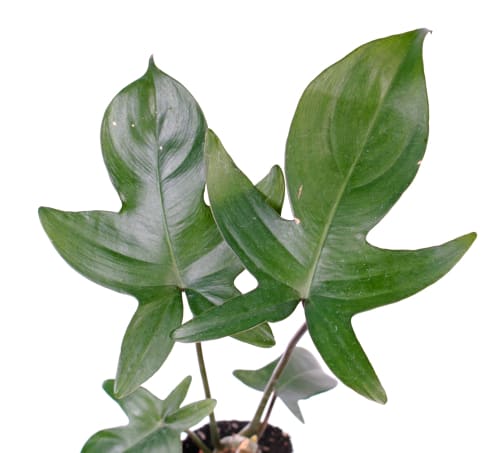
The Philodendron Pedatum is known to be easy to grow, bring a tropical twist to your home and it even purifies the air.
These plants come from the Araceae family and are usually grown for their large leaves and tropical vibe. They also develop flowers in some cases, although this is rare when being cultivated. These are also very poisonous if consumed.
These plants are considered climbers and are specifically native to Acre, Espirito Santo, Pernambuco, AMapa, Maranhao, Minas Gerais, Rio De Janeiro, Ceara, ALagoas, AmazoNia, Para, Distrito Federal, Bahia, Caatinga, Mato Grosso, Mata Atlantica, Cerrado and RondoNia. These plants produce oxygen and love flooded forest habitats.
1. Philodendron Pedatum Soil Requirements
The Philodendron Pedatum requires soil that drains well and quickly so that it can compensate for the frequent waterings it needs.
You can opt for planting it in a potting soil made of a mixture including peat moss, pumice, worm castings and coir to allow for proper aeration and to also increase the ability of it to retain moisture, simultaneously organically fertilizing the plant.
SInce these plants are epiphytes, they don’t really require a fancy soil mixture- almost any quality potting mix will do the trick.
You can amend the potting soil with peat moss or perlite to help its drainage factor and even lower the pH (acidic soil is more favorable to Philodendron Pedatum than neutral or alkaline). You can even plant these in vermiculite and moss.
2. Philodendron Pedatum Watering Requirements
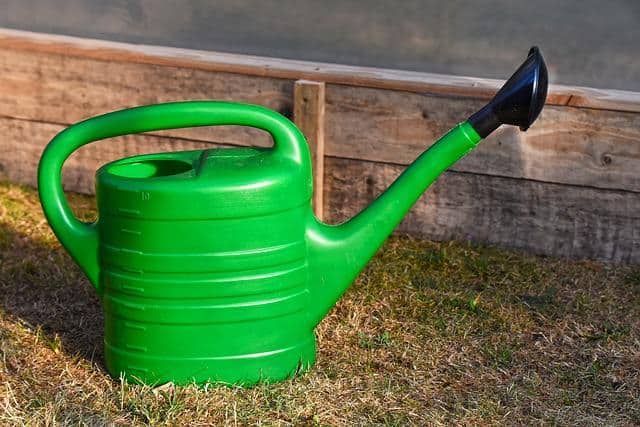
When watering your Philodendron Pedatum, you should water it so that the soil stays moist consistently, being especially mindful of this during the spring and summer weather.
This plant can tolerate overly-saturated soil but can also face the risk of root rot. You should try to water this plant little bits at a time frequently, avoiding sporadic heavy waterings.
You should try to follow the soak and dry watering strategy by letting the upper 2” of the potting soil get a bit dry.
This usually requires a watering schedule of 1-2 times per week during the summer months and once every couple weeks during the winter months. You should wet the entire pot when you water and stop once the water drains out the bottom of the pot.
3. Philodendron Pedatum Humidity Requirements
These big, beautiful plants love high humidity but are relatively unfussy when it comes to this; they can also grow in humidities that are lower in arid, dry environments. You can place them on top of a humidity dish which is a tray filled with rocks and some water to make sure proper moisture is maintained.
In the summer months, you should try to mist your Philodendron Pedatum regularly so that the leaves stay moist, shiny and healthy. This should be done every day minimally, more preferably multiple times a day.
You can also use a humidifier in your home to increase the amount of humidity for your plant. Be sure to regularly monitor for low humidity for best growing results.
4. Fertilizing Your Philodendron Pedatum
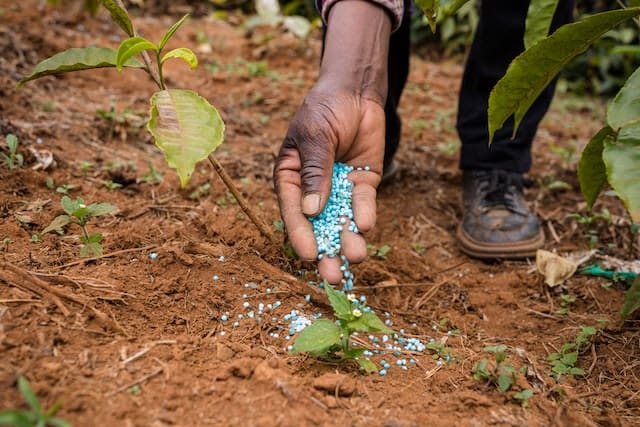
You can fertilize your Philodendron Pedatum in between waterings with some balanced liquid houseplant fertilizer.
You can feed this plant one dose of fertilizer per month per label instructions in the spring and summer months to help it feed adequately. You should refrain from feeding your Oakleaf Philodendron in the fall and winter months (its dormant period).
5. Philodendron Pedatum Light Requirements
The Philodendron Pedatum requires light that is bright and indirect. It needs at least 6-10 hours a day of this type of light but can still tolerate lower light.
This plant really can’t take direct sunlight as it may cause sunburn on the leaves. If you observe your Philodendron Pedatum’s leaves turning yellow or brown, you need to move it to a shadier spot.
6. Transplanting Your Philodendron Pedatum
Even though these plants are fast growers, you’ll likely only need to repot these every 2-3 years. You should transplant your Philodendron if you notice its roots coming out of the drainage holes, moving it to a slightly bigger container.
You should also be vigilant to dispose of the old potting mix you used when you transplant to allow it to get a fresh source of nutrients.
7. Propagating Your Philodendron Pedatum
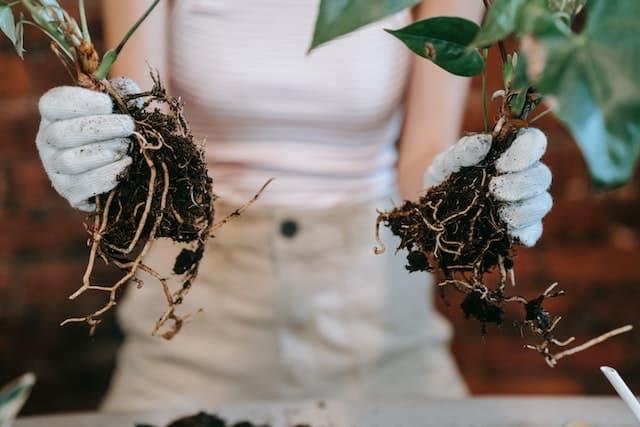
You can either propagate this plant by seed (the slower way) or by stem-cutting. When propagating using the stem-cutting technique, you should take cuttings below root nodes or aerial roots in order to be successful, being sure to let the cuttings dry and callous 1-2 days before placing them in clean water.
Summary
Now you know how to successfully grow and enjoy this beautifully rare tropical climbing plant in your own home.
As long as you ensure you’re keeping a relatively high humidity level, keep it placed in bright indirect sunlight, keep its potting mix moist, be sure to plant it in well-draining soil and also feed it a balanced fertilizer during its active seasons, you’ll do great.

Hey, I’m Lisa and I’ve been an avid gardener for over 30 years. I love writing, talking and living in the garden! Feel free to connect with me on my socials below

